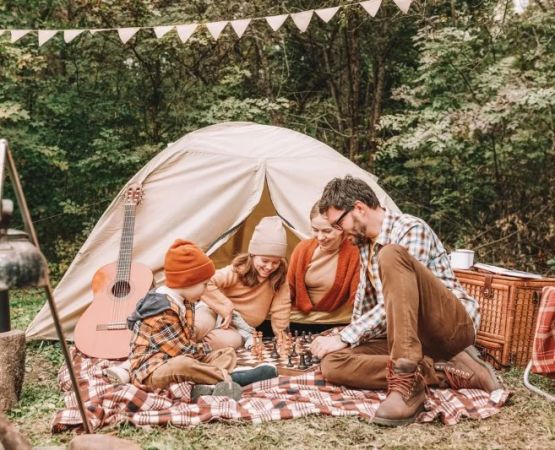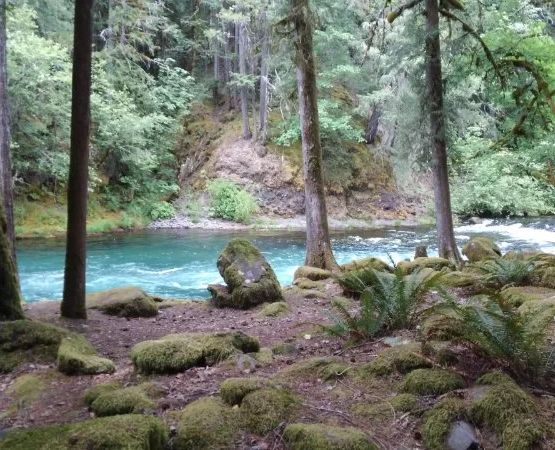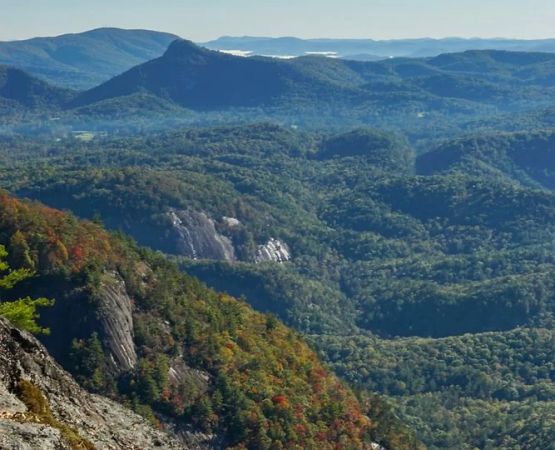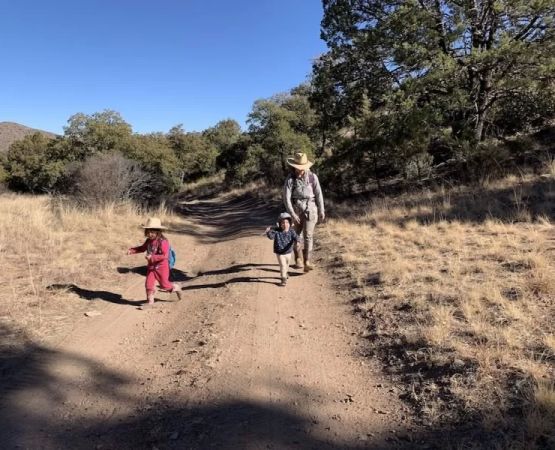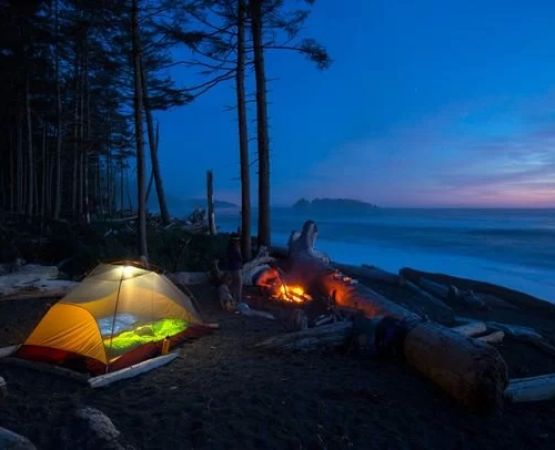- Why-Leave-No-Trace-Matters
- The-Core-Principles-of-Leave-No-Trace
- Real-World-Examples-of-Environmental-Impact
- How-to-Apply-Leave-No-Trace-in-Daily-Adventures
- Building-a-Culture-of-Sustainability
- Resources-for-Responsible-Travelers
Why Leave No Trace Matters
Leave No Trace Principles: Protecting Our Wild Spaces for Future Generations is not just a slogan—it is a philosophy that ensures the beauty and health of natural areas remain intact for those who come after us. Every year, millions of people head into forests, mountains, and rivers. Without thoughtful action, these natural treasures face damage from litter, soil erosion, and disrupted wildlife habitats. Understanding and practicing Leave No Trace helps balance human enjoyment with environmental preservation.
The Core Principles of Leave No Trace
There are seven widely recognized principles that guide outdoor enthusiasts in minimizing their impact. These include planning ahead, traveling and camping on durable surfaces, disposing of waste properly, leaving what you find, minimizing campfire impact, respecting wildlife, and being considerate of other visitors. Each of these guidelines, when followed consistently, helps maintain the integrity of natural landscapes. For instance, camping on durable ground prevents soil erosion, while carrying out trash ensures ecosystems remain free from harmful pollutants.
Real-World Examples of Environmental Impact
One striking example of the consequences of neglecting Leave No Trace principles is the overuse of Mount Everest’s base camps, where discarded oxygen tanks and litter threaten fragile environments. Closer to home, popular U.S. hiking destinations like Zion National Park have had to implement strict regulations due to damage from irresponsible visitors. Conversely, areas where Leave No Trace education has been emphasized—such as Colorado’s backcountry—have seen significant improvements in vegetation recovery and wildlife return. These real-life cases illustrate how small actions collectively shape the future of wild spaces.
How to Apply Leave No Trace in Daily Adventures
Applying Leave No Trace principles is easier than many assume. For example, bringing reusable containers reduces single-use plastics on hikes, while staying on marked trails helps protect delicate vegetation. Even small decisions, like choosing eco-friendly camping gear or practicing minimal-impact cooking, contribute to long-term sustainability. By making these choices habit, outdoor enthusiasts ensure their adventures enrich rather than harm the environment.
Building a Culture of Sustainability
Protecting wild spaces is not just an individual responsibility—it’s a cultural shift. Schools, outdoor clubs, and communities can promote Leave No Trace education to create environmentally conscious adventurers. Families can also introduce children to simple practices like packing out trash or respecting wildlife from a distance. Over time, these habits foster a deep respect for the outdoors, ensuring that the next generation inherits landscapes as beautiful as the ones we enjoy today.
Resources for Responsible Travelers
Those who want to dive deeper into sustainable outdoor practices can seek out workshops, survival training, and eco-conscious gear. Investing in reliable, sustainable equipment not only enhances safety but also reduces environmental harm. For carefully selected tools, gear, and experiences that support responsible adventures, Pine Cliff Resort provides trusted resources that align with Leave No Trace values. Ultimately, by embracing these principles, each of us contributes to protecting our wild spaces for future generations.

